|
I guess my most memorable experience of not hearing something - something important - that was being told to me over and over happened a couple of years ago when I was trying to train for a 490-mile hike across the Spanish Pyrenees (See "Tighten Your Boots", pattiliszkay.weebly.com). My first challenge of the journey was trying to find a pair of comfortable hiking boots. I went to I don't know how many sporting-goods stores and tried on I don't know how many pairs of top-of-the-line hiking boots that made me feel like I was dragging klunky concrete blocks on my feet as I scaled the mini-inclined planes that the REI-type stores have you try out your boots on while their salesfolk assure you that the boots will feel just fine once you break them in. It was at Dick's Sporting Goods that I finally found the boots of my dreams when a young, sincere, solidly-built salesgirl with a long braid who was dressed in cargo shorts and a tee-shirt fixed me up with the same hiking boots she was wearing at the time, The girl assured me that she'd already put over 800 miles on theses boots while hiking the Appalachian Trail and they were still like new. "Just be sure you lace them correctly," she advised me, showing me how it was done. "Make sure you tighten them." The boots were a little big. They were a size 11 and I take a 10-and-a half, but since that size appears not to exist - women's shoes stop the half-sizes after 9-and-a half, I suppose the theory being that if your foot is that big any old thing will do you - I generally end up with a slightly too-big size 11. But once I put some orthotic inserts into the boots and put on a pair of wool socks the boots were comfy enough. Until I started training on the steep hills of Clear Creek Park in Lancaster, Ohio. I was fine going up the hills but on the way down my toes slammed against the tops of my boots so that at the end of each hike I had sore toes that took a few days to heal. Except that on the Camino de Santiago de Compostela, the trail I'd be hiking in Spain, there'd be no recovery time. I'd be hiking up and down hills and mountains all day every day for weeks. I tried stuffing lamb's wool into my boots. Then I tried wrapping up my toes in moleskin. And band-aids. And lotion. I tried an extra pair of socks. All those things helped a little on my toe-banging down-hill treks. But not enough. The nails of the first two toes on each foot were turning a disturbing shade of red, white, and blue. And they didn't feel great. Someone suggested trying sock liners, so I went to Gander Mountain and told the salesman, a young, rugged and outdoorsy-looking guy with a long beard, about my shoe problem. I asked him if he thought some sock-liners would help or if I needed a bigger size. He sold me the sock liners but suggested I not give up on my boots yet. "Make sure they're laced tight enough," he said, demonstrating how I should lace them. "But not so tight that they cut off your circulation," he added. From then on I began to fear lacing up my boots so tight that I'd cut off my circulation, so I kept them a little on the loose side, which I thought might help if my boots were in fact too small. Meanwhile I was getting closer to our departure date and my toes were getting worse with each practice hike. I went to Clintonville Outfitters and told the sales guy there about my foot problem. He said that the problem was probably my boots, as he considered Merill Moabs a cheap, unsuitable product and recommended one of the varieties of super-expensive concrete-blocks I'd already given the boot to. I checked the Camino de Santiago guide book. It said make sure your footwear fits snugly. But this advice didn't help me at all, as my footwear was obviously fitting me too snugly. Why else would my toes be hitting the tops of my boots every time I went downhill? With only a few weeks left before we were to leave I returned to Dick's Sporting Goods to seek out my original hiking boot muse, the sturdy hiker girl with the long braid and the Merill Moab boots. She wasn' there. In her place was a slim, perky-looking girl with a layered hair cut wearing tennis shoes. She didn't know who the girl with the long braid was. I told her about my boots. She gave me a blank look. I asked her if she had a bigger size. She looked over the contents of the rack of women's Merill Boots and said it appeared that size 11 was the biggest they carried. I asked her if I should try a men's size. She didn't know. I asked her if she could give me any advice on my hiking boot problem. She said, with a sympathetic smile, that she was sorry, but she was a tennis player. That night I went online and looked over the selection of hiking boots. There were hundreds of them. I even found a company that made women's boots in a size 12. My hand hovered over the keyboard as I considered buying the bigger boot. But I knew I couldn't possibly need a size 12. It was that the boots I had just weren't a good fit. I wondered if I took the leap of faith and bought a pair of the concrete-block boots they'd feel better after I wore them a while. But what if I bought a $300 pair of boots and they were no better than ones I already had? What if they turned out to be even worse? It was then, sitting at my kitchen table on a Saturday night that I was overcome by the sinking, disheartening feeling that I was never going to hike the Camino de Santiago de Compostela for want of a pair of boots. I swear the voice came from out of the blue. It was the combined voices of my long-braided Dick's hiker girl, my Gander Mountain man, and my Camino guide book, and it spoke directly to my brain: Put on your boots, the voice said, then lean the back of each boot down against the floor, toe facing upward so that your heel slides against the back of the boot. Then tighten your boots!" Very early the next morning, Sunday morning, I once again put on my Merill Moabs, I then loaded up my backpack, grabbed my hiking sticks, and hiked up the incline of my street until I'd reached the highest point in Gahanna. When I reached the high point I pointed the toe of my boot towards the sky and for good measure re-tightened my boots.
I swore I heard bells ringing and birds singing on that downhill hike (though I actually might have; it was, after all, a Sunday morning in suburbia), my feet felt so very fine. Planting my heel against the back of my boot then tightly lacing the boot kept my foot from sliding forward and mashing my toes into the front of my boot on the downhill walk. Needless to say, I became a fanatical boot-tightener, never again heading down a hill or mountain without stopping to tighten or re-tighten my boots. "Tighten your boots!" became my motto, my mantra, my words of wisdom to my fellow pilgrims on the Camino de Santiago de Compostela who suffered bruised and bloody toes from the repetitive downhill slamming of their toes against their boots. "Your boots aren't too small," I'd tell them, "they're too loose! Tighten your boots!" Some of them heard me. Some of them didn't.
6 Comments
If the axiom is that people can't be talked out of something they want to believe (see yesterday's post), then the corollary to the axiom is this: If you tell somebody something they disagree with they may argue with you, but if you tell them something that is outside of their perceived reality they won't hear you. At least not the first time you say it. Have you ever been unable to find your phone in your purse or backpack because you distinctly remember leaving it on your desk and it's not until you go back and tear your desk apart without finding it that you think, well, maybe you did toss it into your purse or pack so you go back and re-check your purse or pack and there it is?
Or am I the only one who ever does this? Anyway, the concept that people won't immediately see or hear something they don't expect to see or hear was tossed around in the movie "What The #$*! Do We Know?", which deals with how our reality is shaped by our perception (See post from 4/7/2014). To make this point the movie tells the story of how supposedly when Christopher Columbus' ships appeared far out on the horizon off the coast of America the natives, though they were looking right at them, at first didn't see the ships because they'd never seen or heard of ships before and so their brains had no idea of what to do with the images. Well, maybe or maybe not, I guess. But I can think of a couple of occasions when I've been unable to initially connect with an experience because I had no idea what I was experiencing (for one of them, again see post from 4/7/2014. For another of them see tomorrow's post). And I can think of a couple of occasions when I've witnessed others not connecting. One of these occasions took place just a few weeks ago. I was in the midst of teaching one of my students when their younger sibling came along and stood next to me, clearly wanting my attention. So I stopped the lesson and asked the child what was up. The child was bouncing with excitement to tell me that she'd just lost her first tooth and had put it under her pillow the night before. I congratulated her and asked how much a tooth brought in these days. "The fairy left $10!" she cried. I remarked that that was pretty good. The child agreed, and then went on to tell me that her friend from school had lost a tooth and the fairy left the friend only one dollar. But the little girl's friend had a second loose tooth so the little girl told her friend, " When your tooth comes out don't put it under your pillow, give it to me and I'll put it under mine and get you $10 for it!" After the little girl finished her story her older sibling shot me an Oh dear look then turned to the younger sibling and said, ever so gently, "You know, maybe the tooth fairy leaves the money under your pillow or maybe it's your mom and dad who leave it." I feared I was about to witness a painful pivotal moment of childhood revelation. But no, the little girl just prattled about how she told her friend to be sure and put the tooth in a plastic bag before bringing it to school. What her sibling told her simply did not compute. Thank goodness. I hope reality does not hit her hard. So, as chronicled in my last post, a few weeks ago some of my Facebook friends were posting or sharing this recipe for a legendary brownie with only 37 calories per square (See Friday's post). I bought into the hype and last Friday morning I went out to the store, ...And with great eagerness and excitement I made a batch of 37-calorie brownies Those 37-calorie brownies were that bad. End of story.
But I did pick up an insight from a comment on last Friday's bad brownie blog made by my friend Marianne: "Any recipe with applesauce instead of butter and stevia instead of sugar is bound to disappoint. My favorite brownie has lots of butter and chunks of Ghiradelli chocolate. I simply eat one small brownie at a time. And skip a meal !" Now here's the thing: Before I tasted those brownies Marianne could have preached to me 'til the cows came home that: 1). a brownie recipe using stevia and applesauce was bound to disappoint, 2). there's no such thing as a good brownie without sugar and butter, and 3). if you don't want all the calories then either skip the brownie or eat the brownie and skip a meal. But I wouldn't have listened to her. I had stars in my eyes. Or maybe in my mouth. I willingly, happily, spent all that ingredient money and prep time* on a quest for a 37-calorie dream brownie made of applesauce, stevia, yogurt and oatmeal. It wasn't until I laid eyes on those flat, ugly brownies that were the end product of my hopes and efforts, bit into a square and got zapped with the most godawful bitter taste then had to deal with the nasty after-taste that probably hung on my brain a lot longer than on my tongue that I wised up. I guess sometimes the only way you learn is by biting the brownie. *Well, okay, not all that much money or time, but you know what I mean. In retrospect, I think the notion of a delicious brownie with only 37-calories per square (perhaps that random odd number chosen to boost believability) must have started as an urban legend for which some internet trickster first thought up a plausable-looking recipe then posted it on Facebook accompanied by a photo of the most perfect-looking brownies imaginable: Incredible as it seems, belief in the existence of the sublime 37-Calorie Brownie must have spread, as for a while its recipe was being shared every day up and down my Facebook timeline: 37-Calorie Brownies: 3/4 cup non-fat vanilla Greek yogurt 1/4 cup skim milk 1/2 cup cocoa powder 1/2 cup old-fashioned rolled oats 1/2 cup Truvia, or any natural stevia-based sweetner that pours like sugar 1 egg 1/3 cup apple sauce 1 teaspoon baking powder Preheat oven to 400 degrees. Grease a square 8x8" baking dish. Combine all ingredients in blender, blend until smooth, about 1 minute. Pour into prepared dish, bake for 15 minutes. Cool. I, too, was seduced by this recipe, copying and printing it and slipping it into my recipe folder where it sat for a week or two. What gullible dreamers we mortals be. Anyway, last night I went out and bought the ingredients and this morning I made a batch of 37-Calorie Brownies, meticulously following the recipe's instructions. My pan of brownies came out of the oven looking like a sample swath of stained brown industrial carpeting: Theirs: Mine: And how did my 37-Calorie Brownies taste? Vile. Like inedible swill, with the consistency of a wet sponge and a cloying nasty after-taste that wouldn't go away. Now, granted, I'm not a chocolate lover and, in truth, my tastes and opinions in general are sometimes out of sync with the those embraced by the population at large. So it occurred to me that maybe I was missing something, some chocolatey charm in these brownies that a true chocolate connoisseur would appreciate. So I went online and looked up "37 Calorie Brownie". The site I reached directed me to the original Facebook post that first published the 37 Calorie Brownie recipe a couple of years before it started showing up on my timeline a few weeks ago. Here's a sampling of the comments: "I'm sorry but these were the worst brownies I've EVER tried. I couldn't even do a bite." "Just made these, AWFUL, AWFUL, AWFUL!!!!!! Don't waste your ingredients!" "They are nasty...the texture is somewhat gummy. They look nothing like the picture at all either. "very disgusting. "Taste terrible." "Super gross!" You get the idea. Bye-bye brownies. Last weekend Tom and I went to see the movie "Woman In Gold." If I had to sum up my critical opinion of the movie in three words they would be these: Go see it. It was such a great movie. "Woman In Gold" tells the story of an old woman's struggle to repossess a painting stolen by the Nazis from her Austria Jewish family during World War II. Maria Bloch Altmann was the daughter of a wealthy Austrian industrialist who was one of Vienna's most prominent citizens. Maria lived with her parents, sister, uncle and her beloved and beautiful Aunt Adele in a magnificent home in the most upscale part of Vienna where her family entertained Vienna's artistic, cultural and musical elite during the 1920's and '30's. Maria's uncle commissioned a family friend, artist Gustav Klimt, to paint a portrait of Maria's Aunt Adele. This painting, called "Portrait of Adele Bloch-Bauer", hung in the family's home until their home was looted by the Nazis. Maria and her family were separated and scattered and those family members who were able fled Nazi Austria with nothing but their lives. Maria and her husband, Viennese opera singer Fritz Altmann, spent time in a refugee camp then eventually settled in Los Angeles where they rebuilt a new life. Klimt's painting of Maria's Aunt Adele, meanwhile, was claimed by the Austrian government and became a national treasure and object of great pride, the "Mona Lisa of Austria", loved by Austrians and art-lovers the world over. Its name had been changed from "Portrait Of Adele Bloch-Bauer" to "Woman In Gold" and its evil provenance forgotten over the decades. That is, until 60 years later when 82-year-old American widower Maria Altmann stepped forward and laid claim to the painting. The movie brings up a number of moral questions and dilemmas: Though the Bloch family might well have originally intended to donate the portrait of Adele to the Austrian people, would the Holocaust, during which their life was destroyed and they were disenfranchized as Austrian citizens, naturally have changed that intention? Did Maria Altmann, who would have been an heir to the painting and whose decision it would have been whether to donate the painting and to whom, still have any rights or say regarding the painting? Does a present government of a country owe restitution to the victims of the crimes of a long past government if the present government, through no fault of its own, has benefited from the persecution of the victims of the past government? Does a nation have a right to keep stolen property just because they've possessed it for so long that it feels like part of their national identity? Is patriotism standing up for your country right or wrong or for standing up against your country when you believe your country has committed an injustice? Actress Helen Mirren, beautiful and impeccably dressed, is over-the-top wonderful as Maria Altmann and actor Ryan Reynolds is just as wonderful in the part of Randy Schonberg, the struggling and slightly schlemiely young lawyer who gets roped by his mother into helping Maria but who eventually understands that Maria's history is, in truth, intertwined with his own. Go see "Woman In Gold". And be sure to bring a box of kleenex with you.
In the April 11, 2015 Jennifer Finney Boylan New York Times op-ed piece that I talked about in yesterday's post the writer took a twist on the subject of missing lost things when she told a story about missing something she'd never owned. She recounted how the friend she confessed this to in a bar broke it to her that there was a second-hand shop a few doors down from the bar with a set of Rock' Em Sock 'Em Robots in the window. So Ms. Boylan and her friend zipped out of the bar, ran down the street, bought the Robots from the thrift store, returned to the bar, and played Rock 'Em sock 'Em Robots in the bar. Later that night returning home on the subway Ms. Boylan noticed the man sitting next to her eying her Rock 'Em Sock 'Em Robots so she invited him to a game and the two played on the subway. It was a cute story. At the same time it reminded me of something that I've never owned, never procured when it was available, and now it no longer is and I miss it. Even though I never had it. I sighted my one an only Marvin the Martian door mat several years ago in Portland, Oregon while visiting my sister Romaine.
We went over to the home of one of Romaine's friends and on the front porch sat that Marvin The Martian mat. It was pretty old and beat-up looking, but I was none the less enchanted. I asked Romaine's friend where she got her wonderful door mat and she told me that the mat had been there when she bought the house. I decided that I just had to have one such a welcome mat for my front porch. When I returned from my visit to Portland I set about looking for the mat but have never found one. They are apparently a long-gone artifact from the past. So I guess I'll have to live out my days without a Marvin The Martian doormat or a set of Dinosaurs Attack! cards (see yesterday's post). Lucky for me - and for us all - that the world is full of plenty of other quirky stuff to be had. Probably more than enough of which I already own. There was an op-ed piece in last Sunday's New York Times by Jennifer Finney Boyle in which the writer recalls an evening spent in a bar talking with a friend about things they'd lost over the years. The things they felt sadness at the time over losing, the things they still remembered losing, were at once trivial and important: the writer's friend recalled when he was 6 years old accidentally dropping a favorite crayon into the toilet just as it was flushing and realizing that he'd lost that special crayon forever. I knew what that person meant. Me, I've lost bushels of stuff over the years, important stuff like my keys, library books, a check, my driver's license, and less important stuff that I'm always losing like gloves, sunglasses, which I lose so much that I just buy bunches of pairs of them from the Dollar Tree and wear them over my glasses, watches and earrings, which I also buy many of on the cheap, and of course single socks; it just it seems to be in the nature of sock pairs to lose half of themselves somewhere between the washing machine and the clean-clothes basket. But of all the things I've lost and continue to lose, I can come up with only a couple of memorable items. One was a little turtle pin I brought with me to first grade one day and set on my desk and which disappeared before the end of the day. (See post from 12/10/2014). Fortunately at the age of 6 one's interest in any object has a fairly short shelf life. But then I lost another thing many years later that, silly trifling thing that it was, I feel an occasional twinge of regret over now and then. The irony is, I didn't accidentally lose this thing; in a thoughtless moment I threw it away. When my children were young there used to be an Odd Lots in a shopping center near our house. This Odd Lots used to be one of my children's favorite places to go shopping, its shelves stocked with all kinds of random colorful trinkets, a wonderland of things to choose from for under a dollar. Because a dollar or less was my rule back in those penny-pinching days when all our disposable income went for parochial school tuitions, music lessons and groceries. But on a Saturday afternoon I'd take them and maybe a friend or two along to the Rocky Fork Center strip mall where the first stop would typically be the pet shop to visit and play with the puppies, kitties and gerbils; then next door to the Odd Lots to troll the aisles and look at the all the neat stuff, over-stock oddities and cast-offs from more reputable stores. Anyway, back in the late 1980's there showed up at our Odd Lots these Topps Bubble Gum trading cards called Dinosaurs Attack!. For a quarter you could get a package containing a square of bubble gum, a sticker and five dinosaur cards. The cards were numbered from 1 to, I don't know, maybe 55 or so, and on the back of each card, starting with card 1 and ending with the last card, was a chapter from a story ...which brought killer dinosaurs back to the earth to ravage the planet, ...until the scientists figured out a way to send them back to the past. My children were enamored of these dinosaur story cards and I bought them a package or two on each visit to Odd Lots. Okay. Truth time. I don't remember whether or not my children were enamored of the Topps Dinosaurs Attack! cards. The cards were actually kind of gruesome and scary for a little kid. I was enamored of these cards. It was for myself that I bought them. So we accrued these dinosaur cards until we had a big shoe-box full of them. Which eventually none of my kids seemed to care about anymore, if they ever cared about them in the first place.
Which is probably why, in an effort to clear out some of the mountains of old stuff we'd accrued over the years so that we could accrue more mountains of new stuff, and mixed with a sense of guilt over holding on at my age to something as frivolously self-indulgent as a box of dinosaur cards, I thew the box out. And immediately regretted doing so. I still feel a little regret over losing those Dinosaurs Attack! cards . But only once in a very great while. And only very little. Yesterday one of my Facebook friends posted a strange-but-true story reported on CBS news about a woman who suffered a rare side effect from chemotherapy: the chemicals caused her fingerprints to permanently disappear: http://www.cbsnews.com/news/rare-side-effect-of-chemotherapy-erased-fingerprints/ Now the woman has to go through life without fingerprints. But her doctor provided her with a note explaining that her loss of fingerprints was caused by chemotherapy. Though I don't actually get why in a situation where fingerprints are required the requirement would be waived if one lacked fingerprints but had a a doctor's note for it but not waived if one lacked fingerprints but didn't have a doctor's note for it. I mean, if you don't have fingerprints you don't have fingerprints, right? I guess this subject is of especial interest to me because I don't have any fingerprints, either, I don't know exactly how long I've been without my prints but they've been gone for at least the past 20 years.
Probably longer, but it was just about that long ago that it was first revealed to me, much to my shock, that my prints were just a bunch of illegible scribbles. At the time I was a volunteer mom at my children's elementary school, St. Matthew's. I'd already been volunteering for years, as a Story-Time Mom, Cafeteria Mom, I taught French classes a few times a week, was the piano accompanist for the musical productions, and I'd begun substitute-teaching for the school's music teacher and sometimes for other classes as well. But with the all the publicity of the priest pedophilia scandal at that time it was decided that measures needed to be taken to protect school children from sexual predators. To this end all the moms volunteering in the parochial schools in the Columbus Diocese were required to have their fingerprints taken by the police. So the Gahanna Police came to St. Matthew's one day to take the volunteer moms' fingerprints and when it was my turn to be printed, though the officer tried several times, no prints showed up on the blotter, just a bunch of criss-crossed lines. So I was sent down to the Gahanna police station to have my prints taken by some special machine they have there for recalcitrant fingers. Still no prints. The police officer who took my prints at the station asked me if I washed a lot of dishes. "Yes, I do," I replied. "Scrub your floors often?" he asked. "Pretty much," I replied. "Clean bathrooms?" "Well, yeah." "Wear gloves when you clean?" he asked. "Um, no," I answered. "Well," he declared, "what you did is you wore off your fingerprints from all those years of exposing your hands to harsh household chemicals." "Oh," I said, gazing in wonder at my bald finger tips. Fortunately I squelched the impulse to crack a joke about how I guessed I ought to take advantage and go out and rob a bank, or something. Anyway, the parish came to the decision to make an exception and let me keep volunteering and substitute-teaching even though I permanently flunked my fingerprinting from unprotected house cleaning. So that's my story. It never made the news. The other day while reading an article on where inspiration comes from I came across pop artist Andy Warhol's famous quote: "I like boring things". As soon as I read that the light bulb blinked on in my brain and I thought, Oh, my goodness, that's me! I like boring things, too! In fact, it occurred to me that not only do (or did) Andy Warhol and I both like boring things, we seem (seemed) to find inspiration in many of the same genre of things: 1. Soup: For him it was Campbell's in a can, ...for me it's home-made potato (see post from 11/21/2014 for recipe), minestrone (see post from 11/25/2014), ...and spinach tortellini (see post from 2/12/2015). 2. Shoes: For him: For me: (see post from 4/25/2014 ) 3. Coke:
For me ( see post from 6/11/2014 ): And, of course, that most fascinating subject of all: 4. Ourselves: Of course, Andy Warhol was far better and more successful at what he did than I am at what I do. I figure this is because I suffer from Salieri Syndrome (see post from 1/16/2014), which is when you feel called in all your heart and soul to a vocation you're just not good enough at to make a living from. Many artists, composers, writers, actors, and athletes suffer from Salieri Syndrome.
So we go find something to do that we're actually good enough at. For me it's teaching piano, which is what Antonio Salieri also ended up doing, even though he wanted to be a composer whose music would be heard forever. But he couldn't compete with his contemporary Mozart, who ended up being the one whose music will be heard forever. However, Salieri didn't do badly as a piano teacher. He taught a kid named Ludwig von Beethoven. But back to the subject of inspiration, which we all experience now and then, though for most of us our inspiration leads not to fame or financial success. Anyway, upon further thought, it occurred to me that, in truth, neither Andy Warhol nor I really find (found) our inspiration in boring things. Nobody finds inspiration in boring things. The key is, boring and interesting are such subjective concepts, that nothing in and of itself can be labeled as "boring" or "interesting". And you can never tell, right? Take, for example, that movie, "The King's Speech". When I saw the trailers for the movie I thought, That looks really boring. Then when it came out I read the reviews in the newspapers and online and thought, That sounds really boring. But all the reviewers loved "The King's Speech" and everybody I knew who saw it loved it and it got four stars and an academy award so I went to the theater and saw it. And it was really boring. But only to me. Apparently. Unless nobody's 'fessing up because they don't want to look uneducated for nor liking "The King's Speech". Or maybe it really is just me. I don't know. So anyway, I guess what I'm saying is that boring is in the eye, ear and mind of the beholder. But back to Andy Warhol and me, I think what I'm saying about creative (or would-be creative) types like us is that we're not inspired by what bores us, but by what captivates us, even though what captivates us might be ordinary common things. Which can, after all, be quite captivating. I was reading an Op-Ed piece by journalist John F. Burns in Sunday's New York Times entitled, "The Things I Carried Back". In the article Mr. Burns quoted a fellow foreign correspondent who once said, "Never forget, it's not how far you've traveled, it's what you've brought back". As I've just returned from traveling over 9,000 miles round-trip (See posts from 3/30/2015 - 4/10/2015), that quote resonated with me and got me to pondering what I had in fact brought back with me from Hawaii besides a few aloha shirts and some boxes of chocolate-covered macadamia nuts. In truth I did find Hawaii, or what I saw of it, to be a thought-provoking place: it's history, its natural beauty, the culture and language of the native Hawaiians who are, in fact, my fellow Americans; the fact that our President came from this place. But of all my impressions of Hawaii, I did have what felt like an epiphany of sorts in Honolulu while touring Pearl Harbor. (See post from 4/3/2015). Pearl Harbor, the America naval base that was once home to our Pacific war fleet, is now our national memorial to those who were killed during its bombing by Japan on December 7, 1941, the event that launched America into its inevitable entry into World War II. But now, though a visit to Pearl Harbor immerses one in the terrible events not only of that morning in December but of the war that ensued, the overall feel of Pearl Harbor is that this is, in fact, a nice place to spend the day: ...of all ages, ...all of us here spending a day in this lovely place, ...in this glorious weather, ...all of us here with no animosity among us to honor the dead and experience a piece of our shared history of this planet that we all live on. And so this is what I brought back from my visit to Pearl Harbor: That Pearl Harbor, as it is now, is as it should be, Americans harboring in this beautiful bay not a war fleet but a welcoming center open to the whole world; Japanese coming to Pearl Harbor not to destroy it but to enjoy it. As I walked among the other tourists visiting Pearl harbor I kept thinking of the verse from Isaiah, 2:4: They will beat their swords into plowshares and their spears into pruning hooks. Nation will not take up sword against nation, nor will they train for war anymore. They will not use it to train for war any more.
They'll just use other things. |
"Tropical Depression"
by Patti Liszkay Buy it on Amazon: https://www.amazon.com/dp/B0BTPN7NYY "Equal And Opposite Reactions"
by Patti Liszkay Buy it on Amazon: http://amzn.to/2xvcgRa or from The Book Loft of German Village, Columbus, Ohio Or check it out at the Columbus Metropolitan Library
Archives
July 2024
I am a traveler just visiting this planet and reporting various and sundry observations,
hopefully of interest to my fellow travelers. Categories |


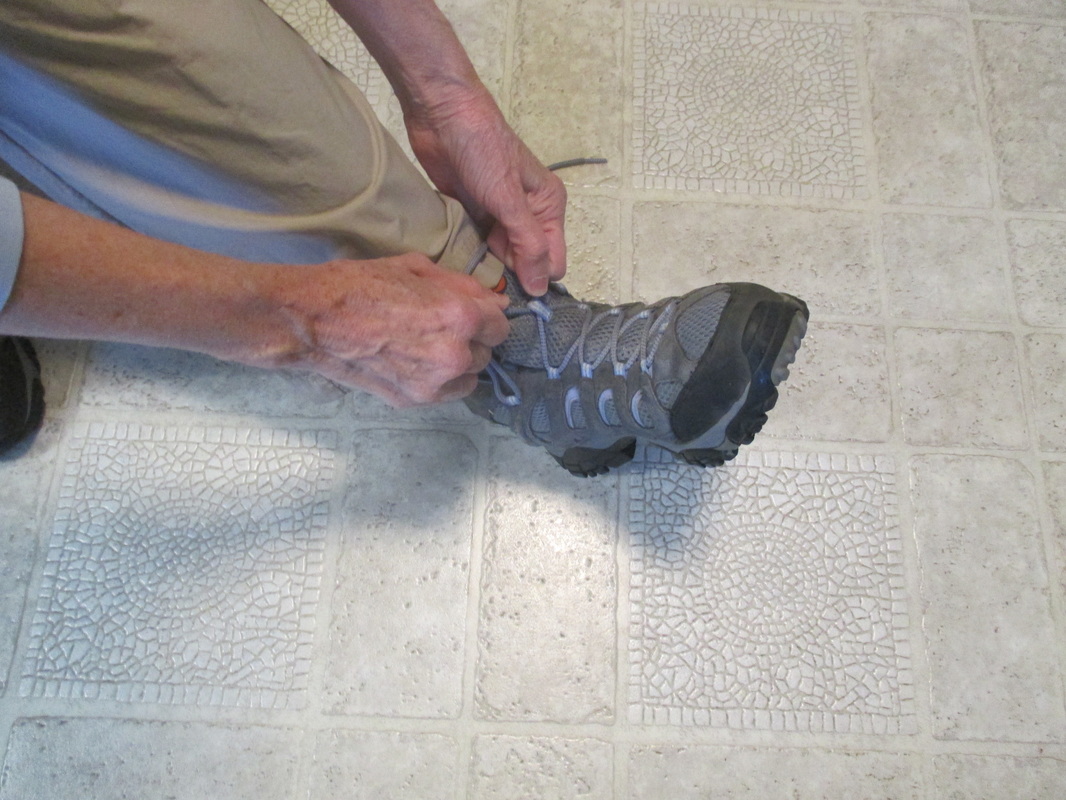
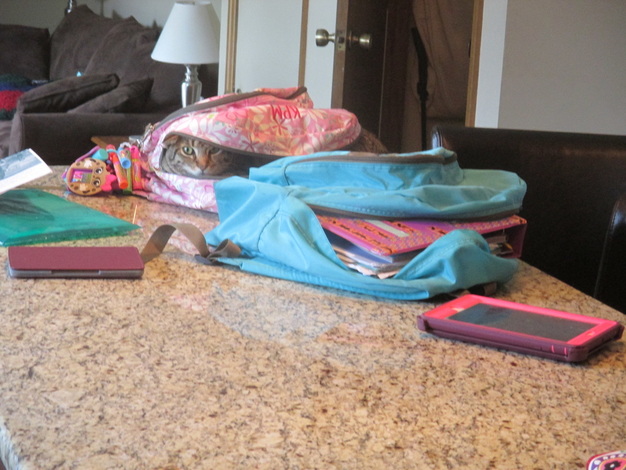

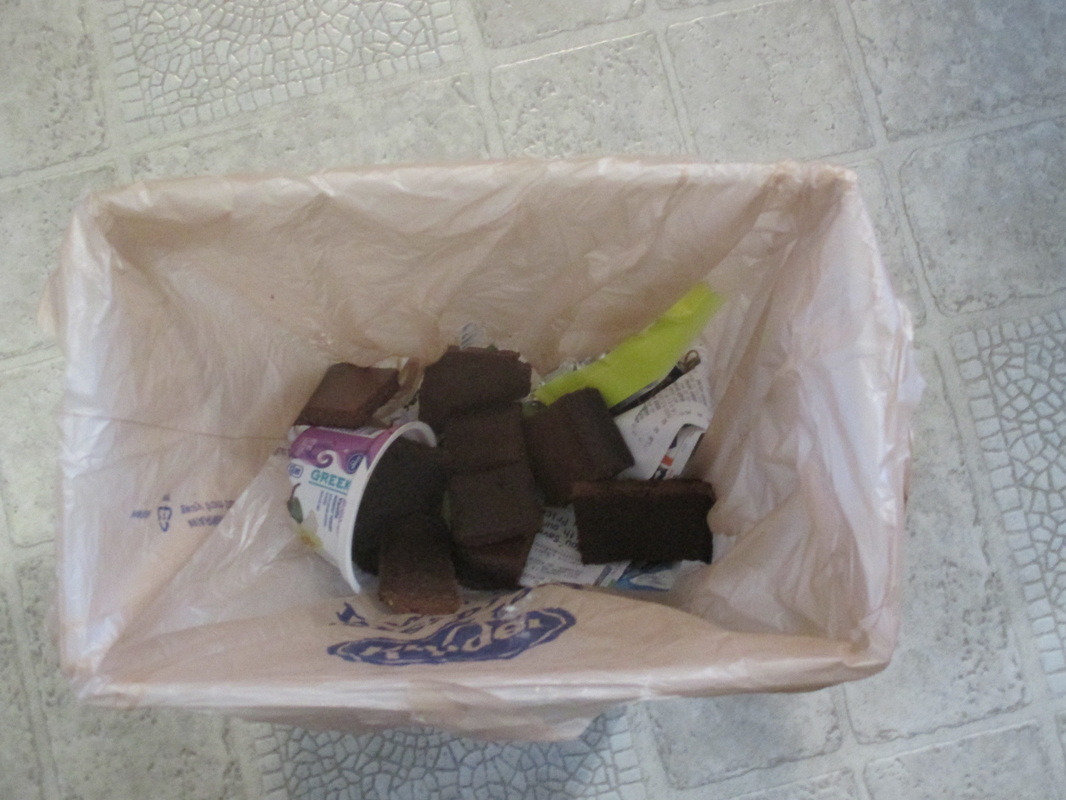

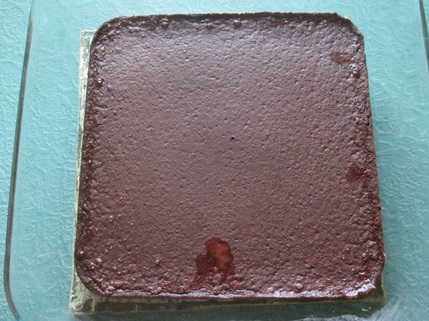
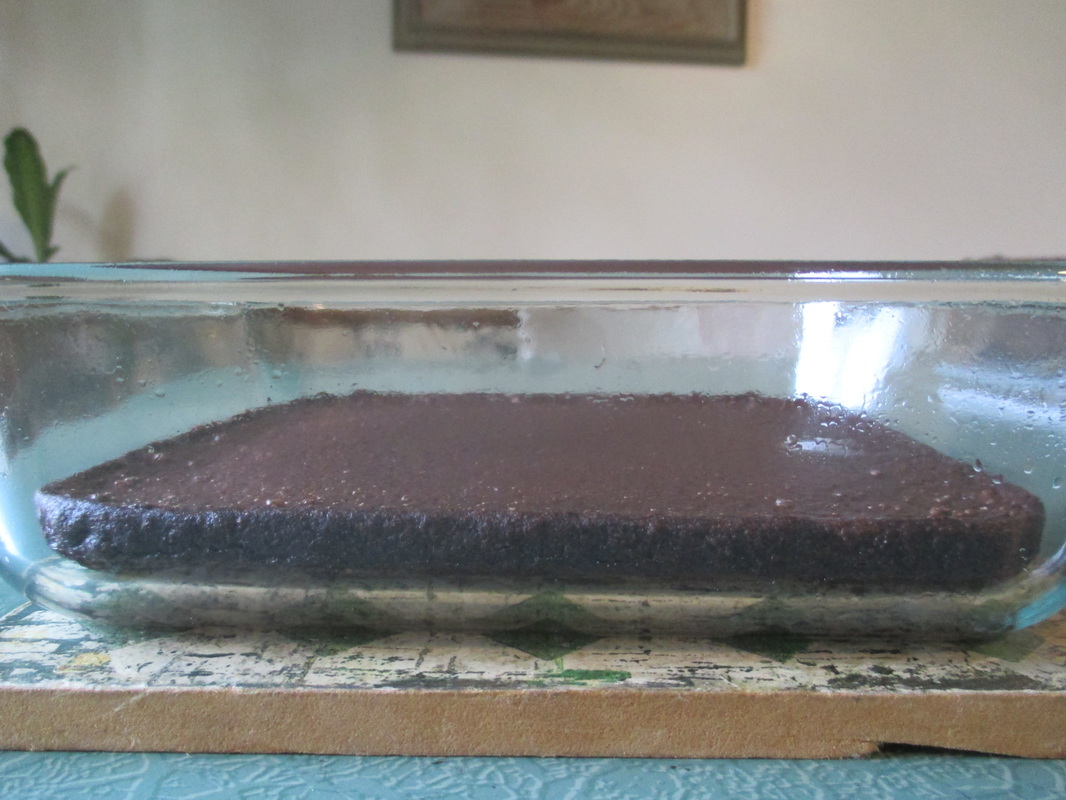


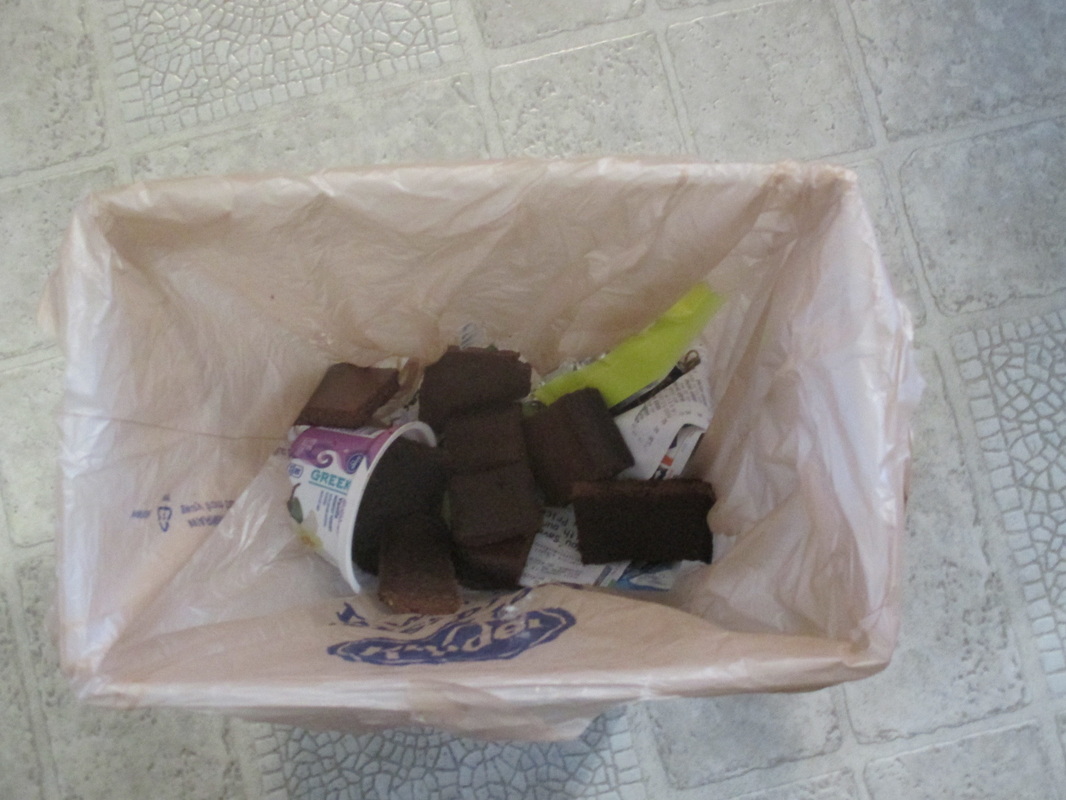

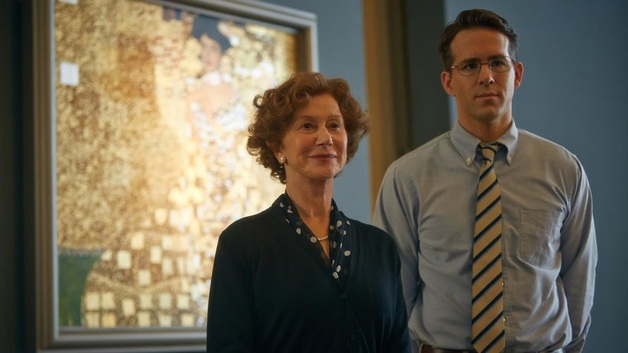
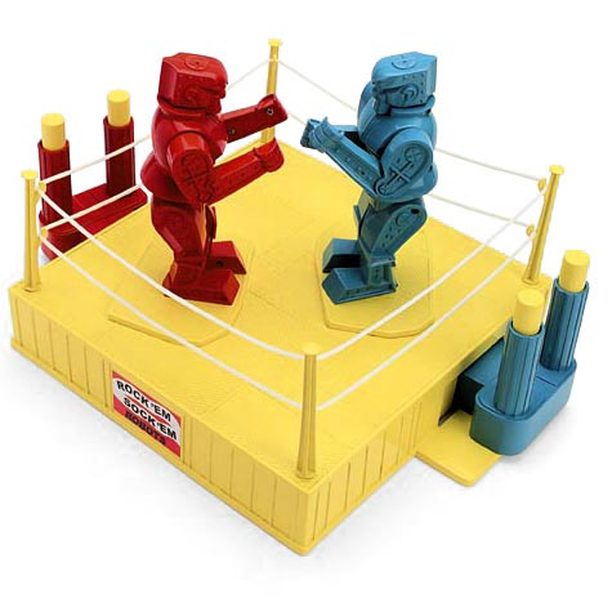
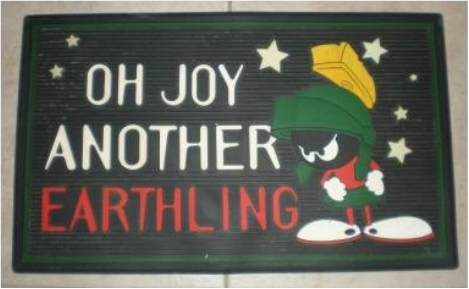
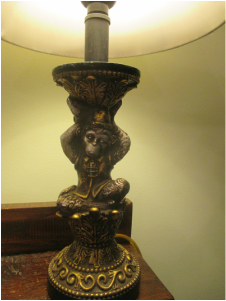
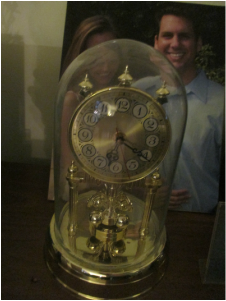
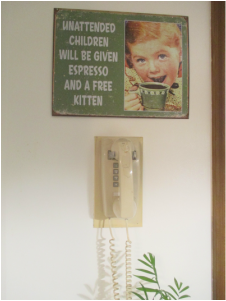
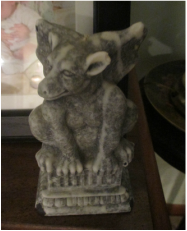
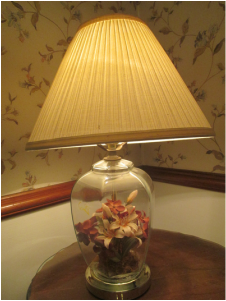
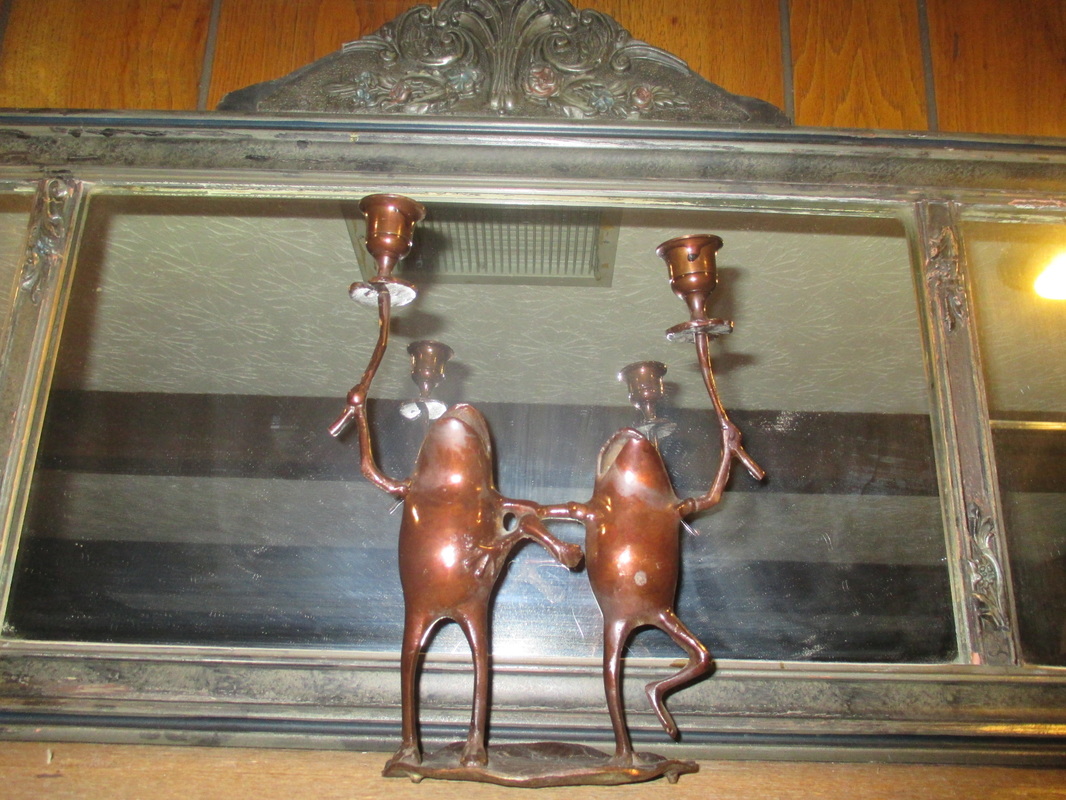
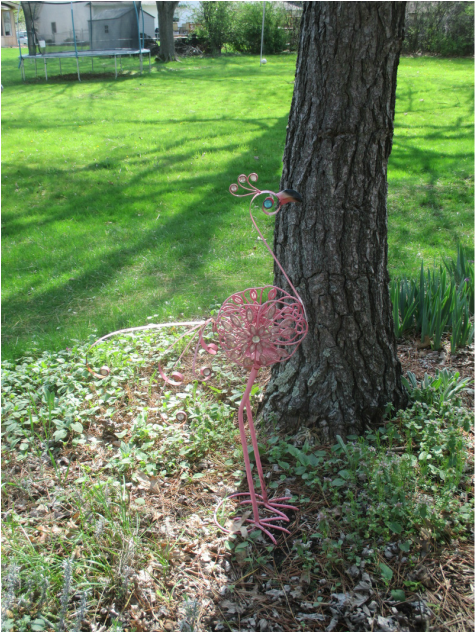
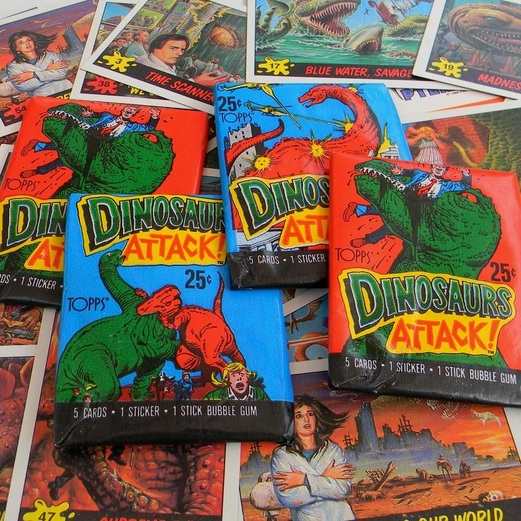



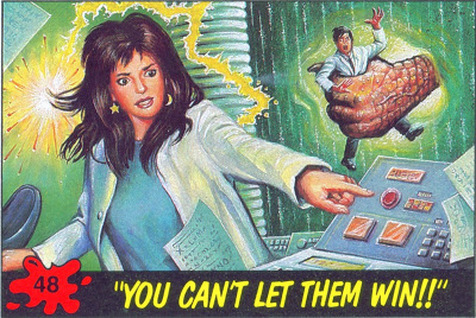
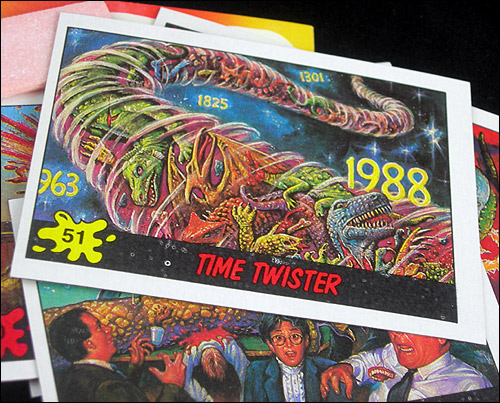
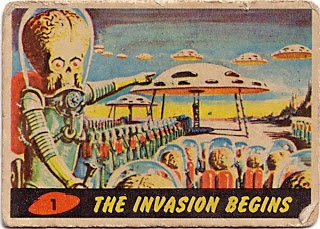

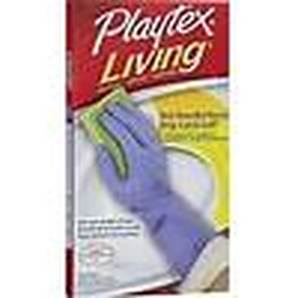
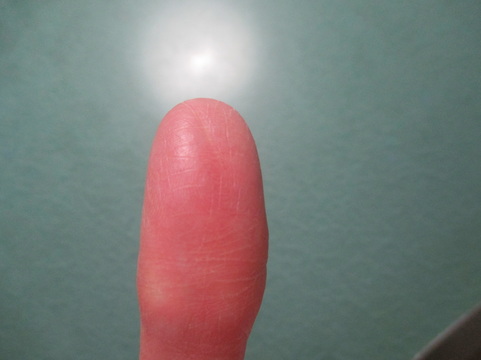
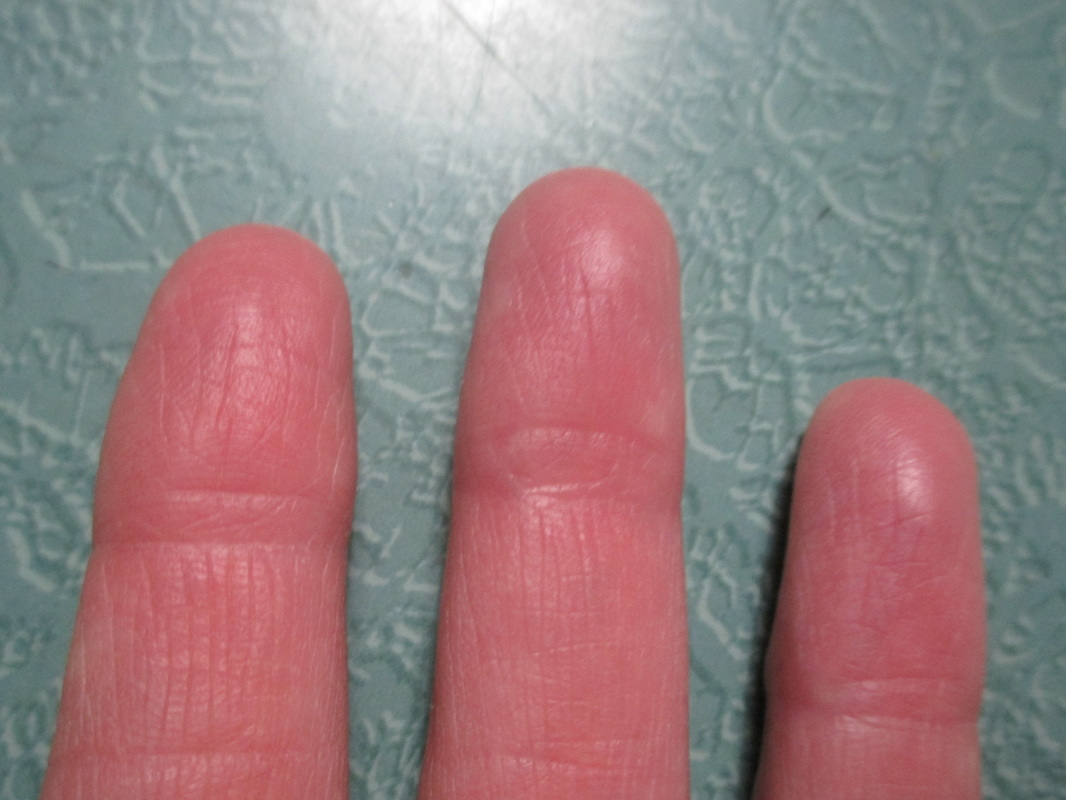

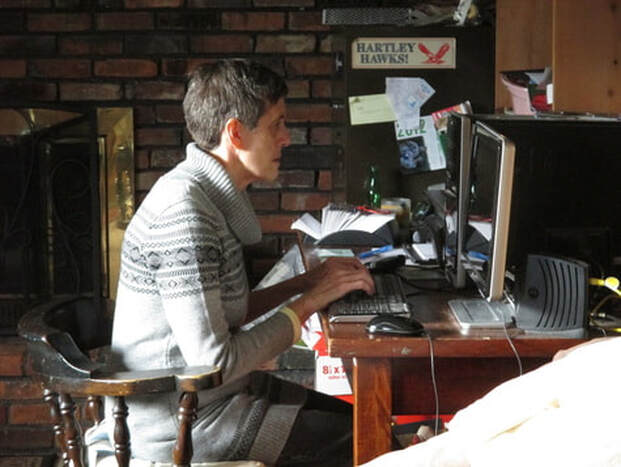



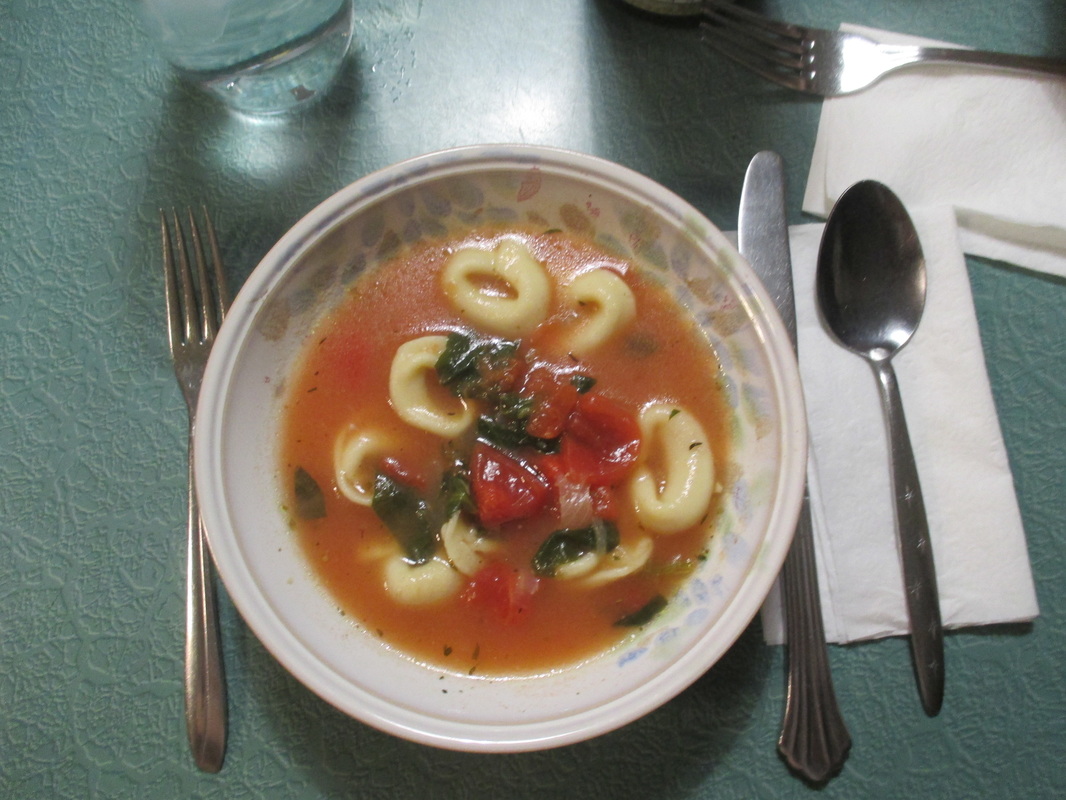
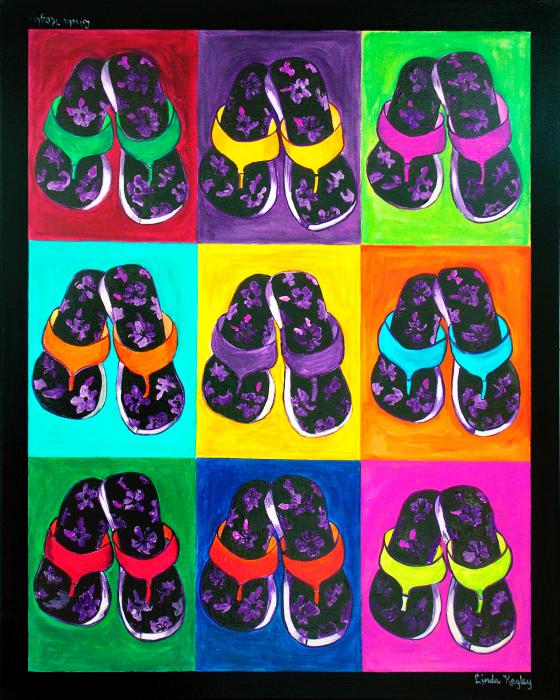
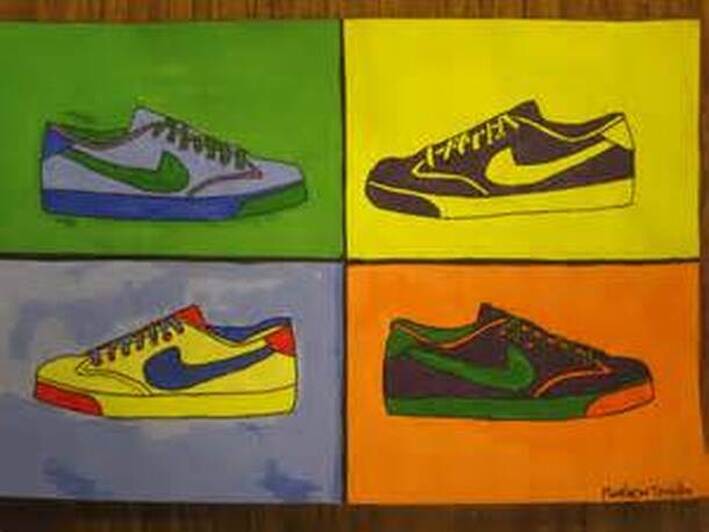
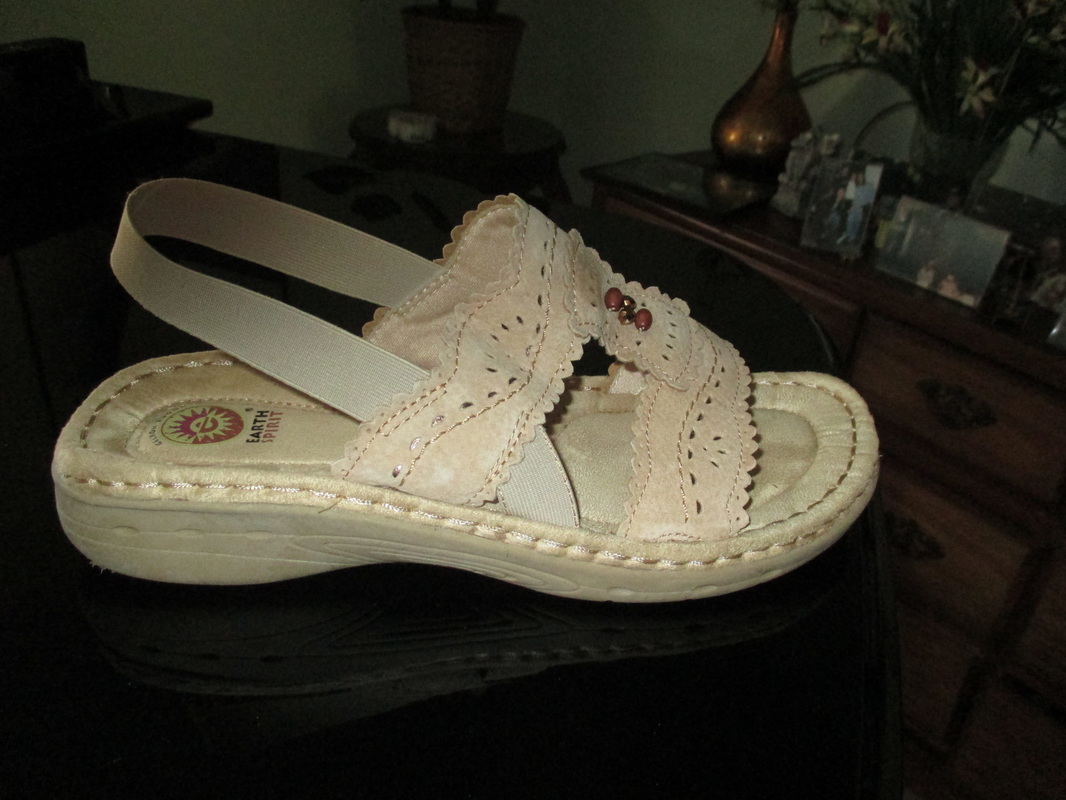
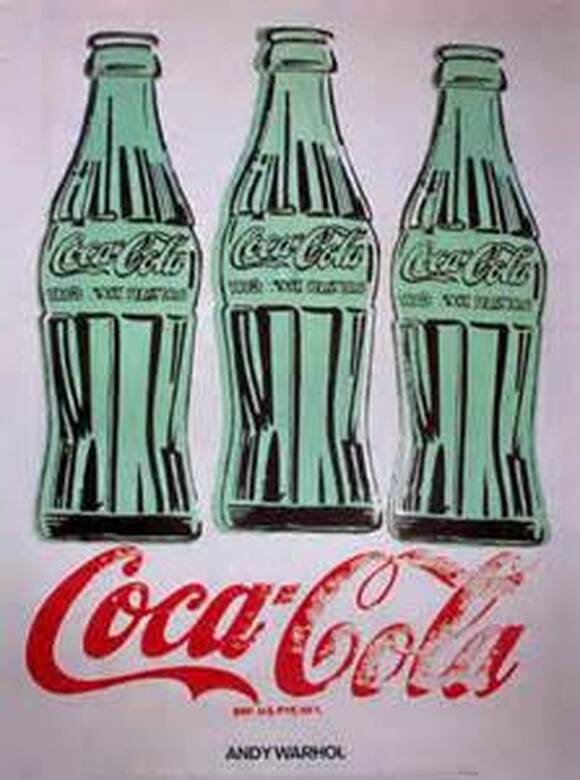





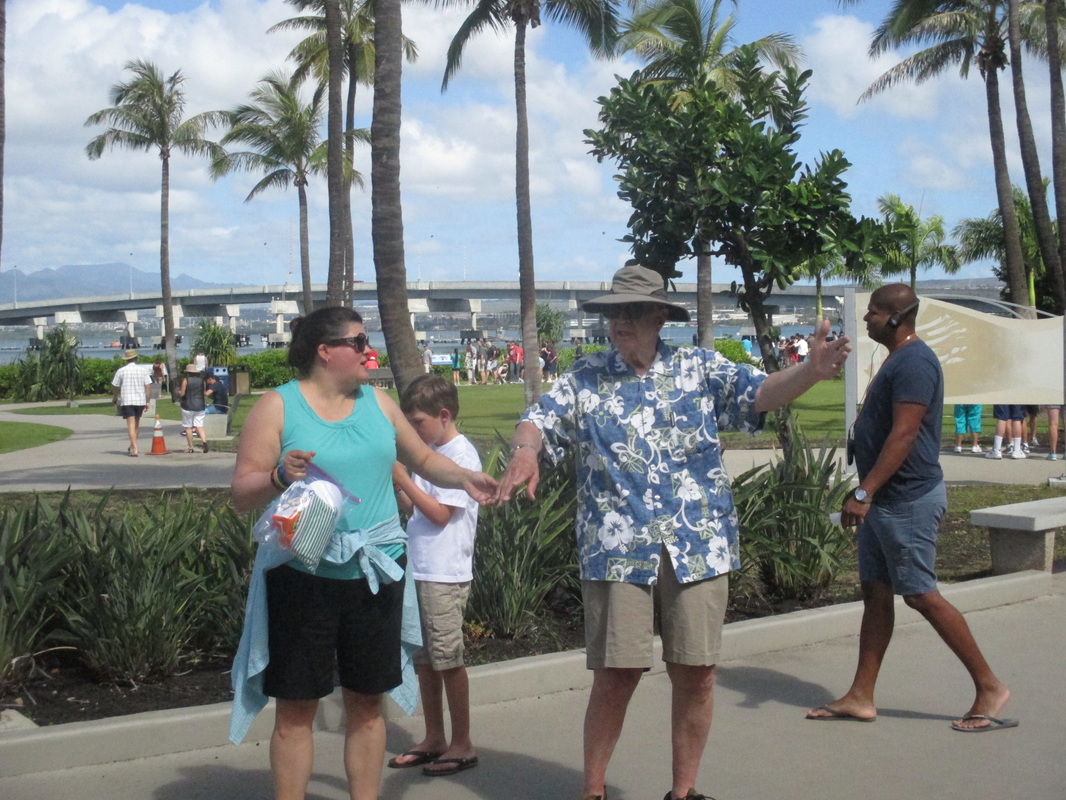

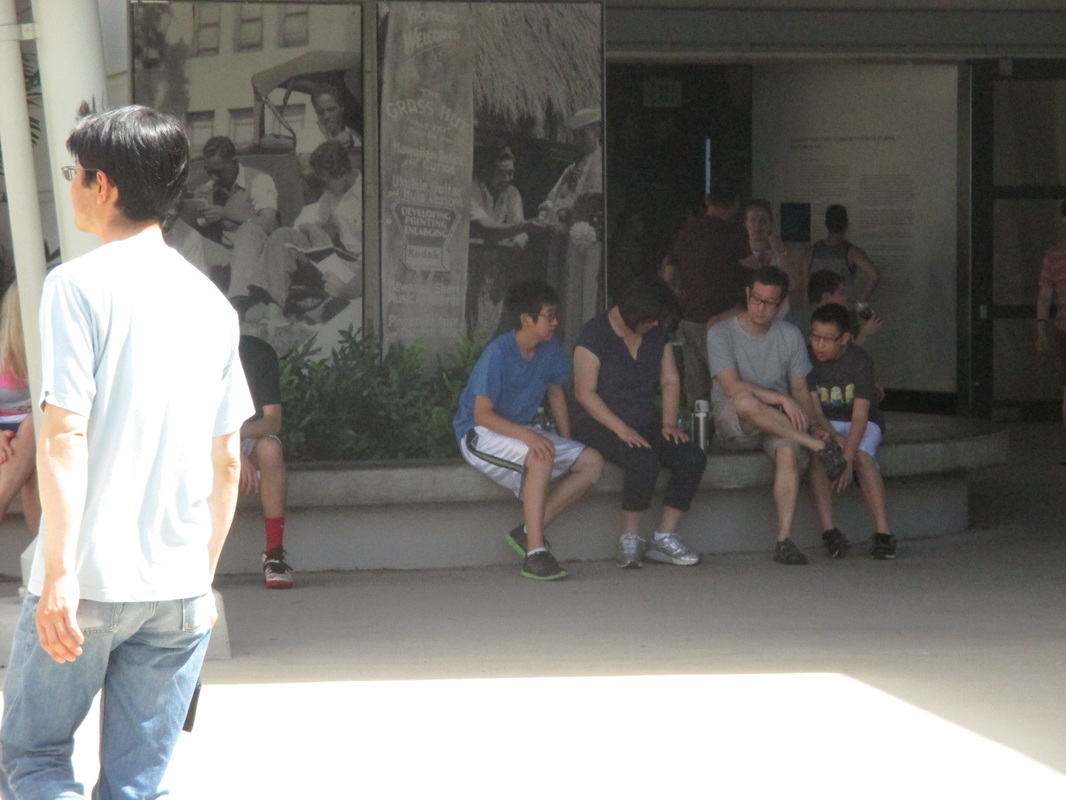




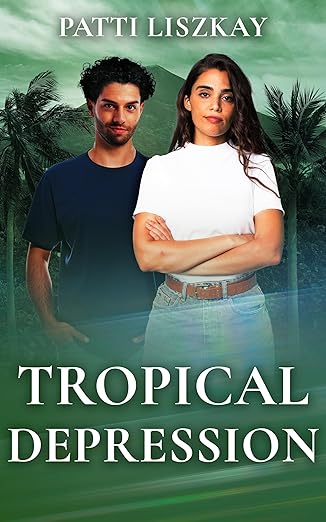

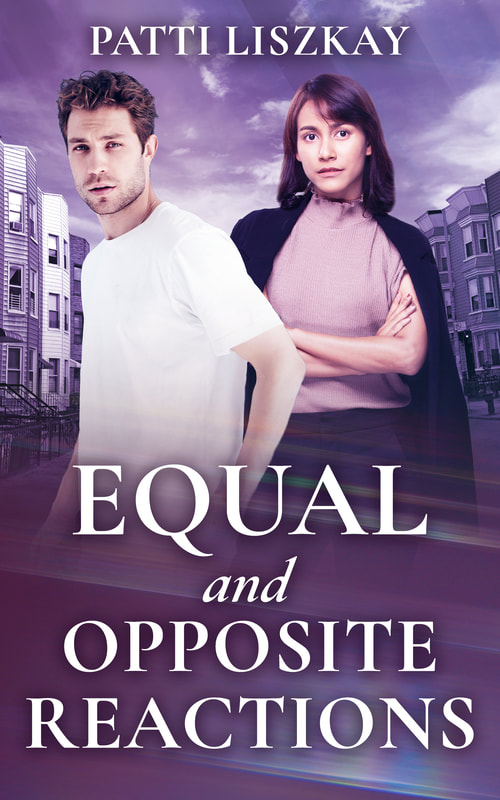

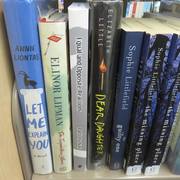
 RSS Feed
RSS Feed